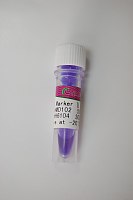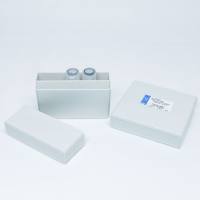DNA Rescue by the Vectorette Method
互联网
578
A major advance in physical mapping of the human genome was the development of yeast artificial chromosome (YAC) vectors (1 ). This has enabled the cloning of pieces of DNA several hundred kilobases in length (2 ). The availability of such large cloned genomic DNA fragments means that by ordering a series of overlapping YAC clones, a contiguous stretch of DNA, several megabases in length, can be isolated around a genomic region of interest (e.g., the region of a chromosome linked to a particular disease gene). The successful isolation of terminal sequences of a given YAC can be very useful in assembling an ordered “contig” of YAC clones. Such terminal clones may be used directly as hybridization probes or sequenced and used to generate sequence tagged sites (STSs) to identify overlaps between, and isolate other, members of the contig. Several methods have been used to this end, including PCR with vector-specific primers in combination with primers designed either for repetitive elements, such as Alu sequences (3 ), or in combination with random nonspecific primers (4 ). However, these techniques rely on a suitable repetitive element or random primer sequence occurring close enough to the end of the YAC so as to be amplified by PCR. Furthermore, probes isolated in this manner may well contain highly repetitive sequences that, if unsuccessfully blocked, will increase nonspecific signal in any subsequent hybridization procedures (5 ).






